15 January 2025
When was the last time you lost yourself in a platformer game? You know, one of those times where you’re hopping and gliding across beautifully crafted worlds that almost feel too alive to be virtual? The charm of platformer games isn’t just about nailing pixel-perfect jumps or dodging a horde of enemies. It’s about stepping into a world—a world so meticulously designed and immersive that it pulls you in from the very first level.
Platformer games have been around for decades, and with each generation, they’ve gone above and beyond in creating worlds that are unforgettable. But what makes their world-building so special? Why do games like Hollow Knight, Celeste, and Super Mario Odyssey manage to stick with us long after we put down the controller? Let’s dive headfirst into the intricate world-building of the best platformer games to uncover their secrets.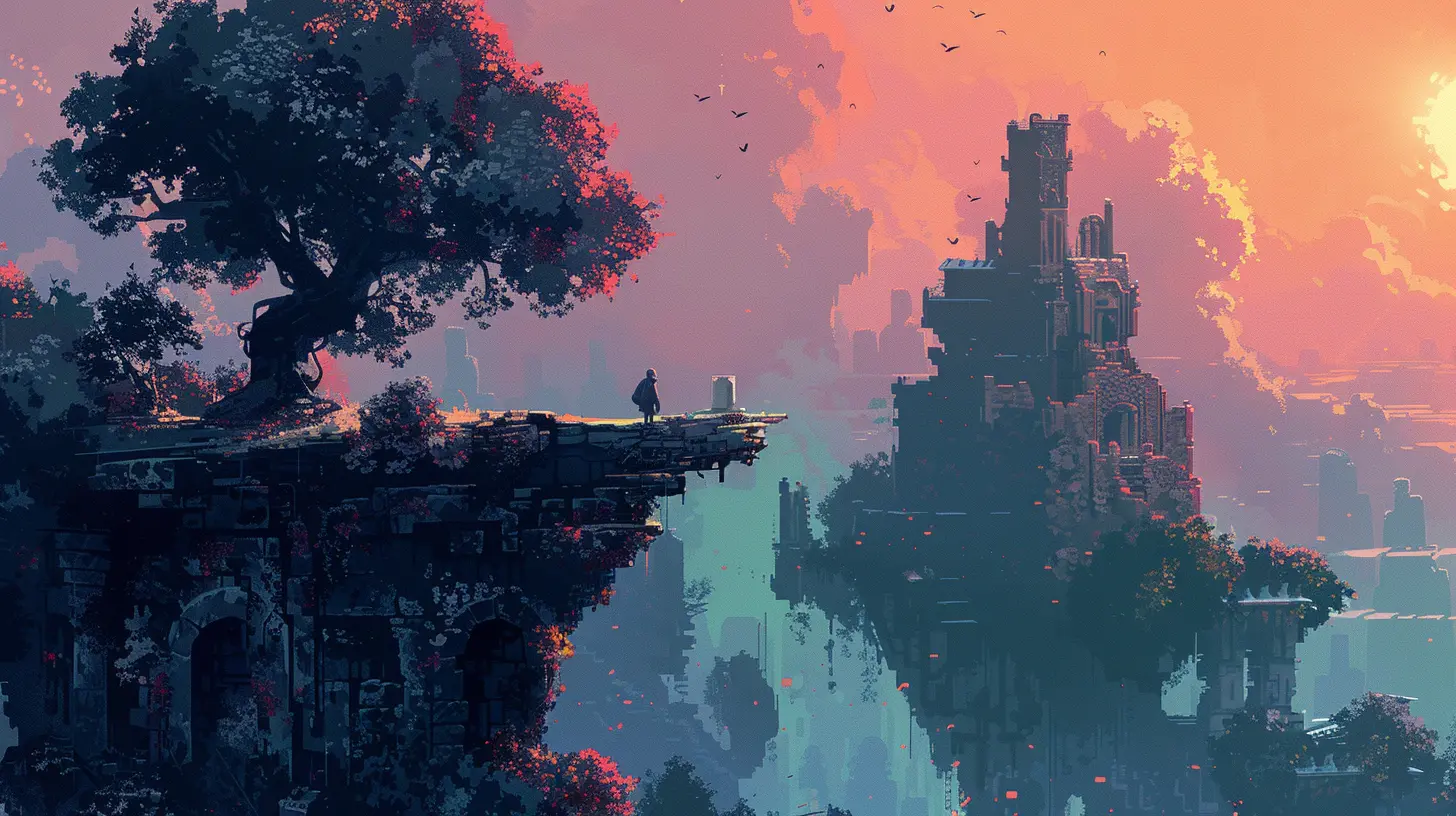
What Is World Building in Platformer Games Anyway?
Before we break it all down, let’s get on the same page. World building, in gaming terms, isn’t just about designing pretty backdrops that look good in HD (though that doesn’t hurt!). It’s about weaving together lore, visuals, sound design, gameplay mechanics, and even level layouts to create a living, breathing environment.Platformers, in particular, have an edge here. Unlike sprawling open-world RPGs that drown you in detail, platformers often strip things back to the essentials—yet somehow, their worlds still feel rich and engaging. It's like crafting a gourmet dish with just a handful of ingredients—you rely on the art of precision. 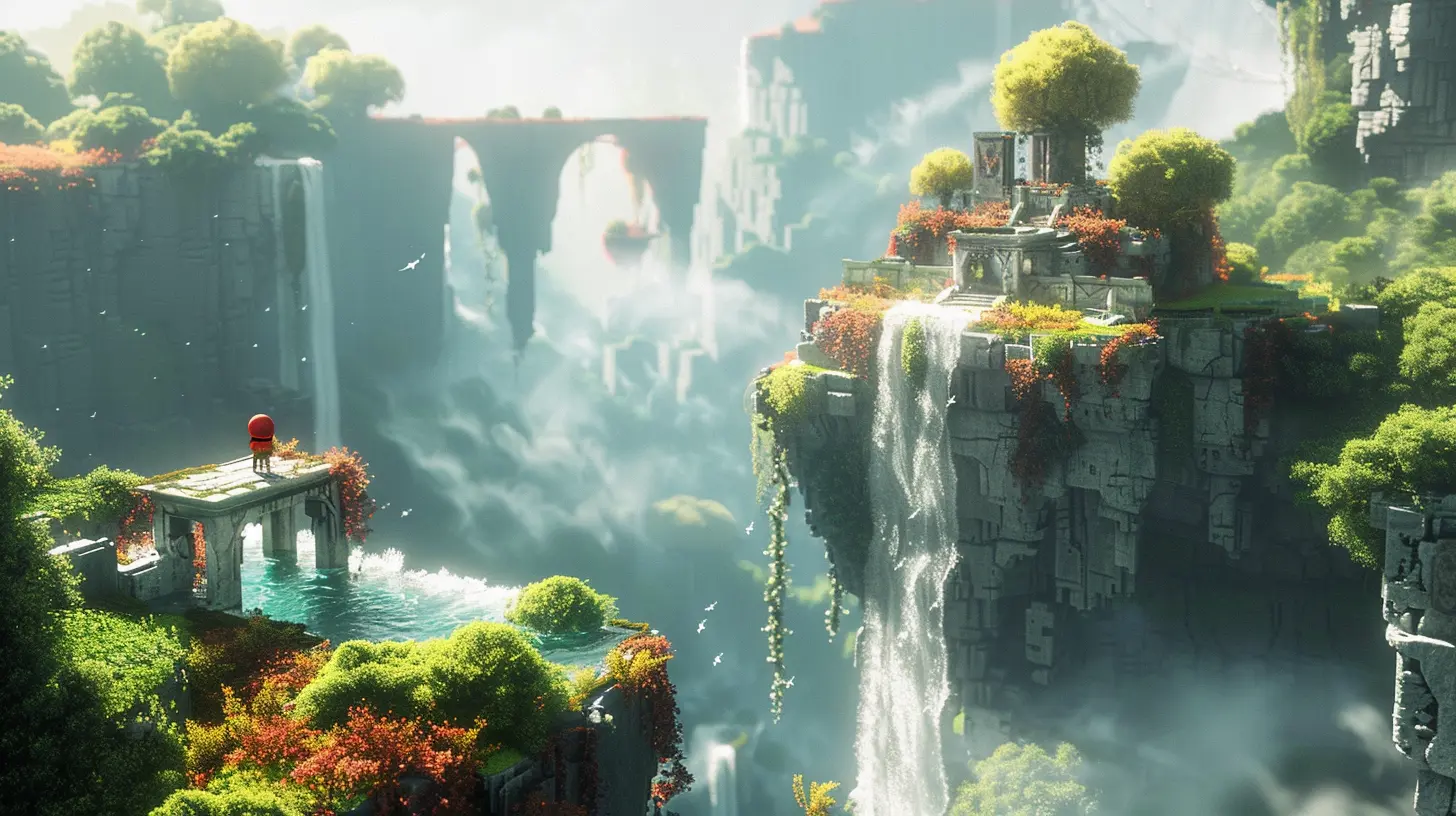
The Role of Level Design in World Building
When you think of platformers, the first thing that probably comes to mind is level design. After all, a bad level can frustrate players faster than you can say "game over." But here’s the kicker—level design doesn’t just dictate how you move through a game; it also tells a story.Take Shovel Knight, for example. Each level is carefully designed to reflect the personality of its respective boss. The grim, lava-filled depths of the Lost City mirror the chaotic and fiery nature of Mole Knight. Meanwhile, the flying airships in Propeller Knight’s domain speak volumes about his flamboyance and elegance. These levels aren’t just platforms and hazards—they’re extensions of the game’s world and its characters.
And don’t forget Celeste! When you’re climbing Celeste Mountain, it’s not just about dodging spikes and making heart-stopping dashes. The mountain itself feels like it’s alive, challenging you emotionally as much as it does mechanically. The level design perfectly mirrors protagonist Madeline’s inner struggles. 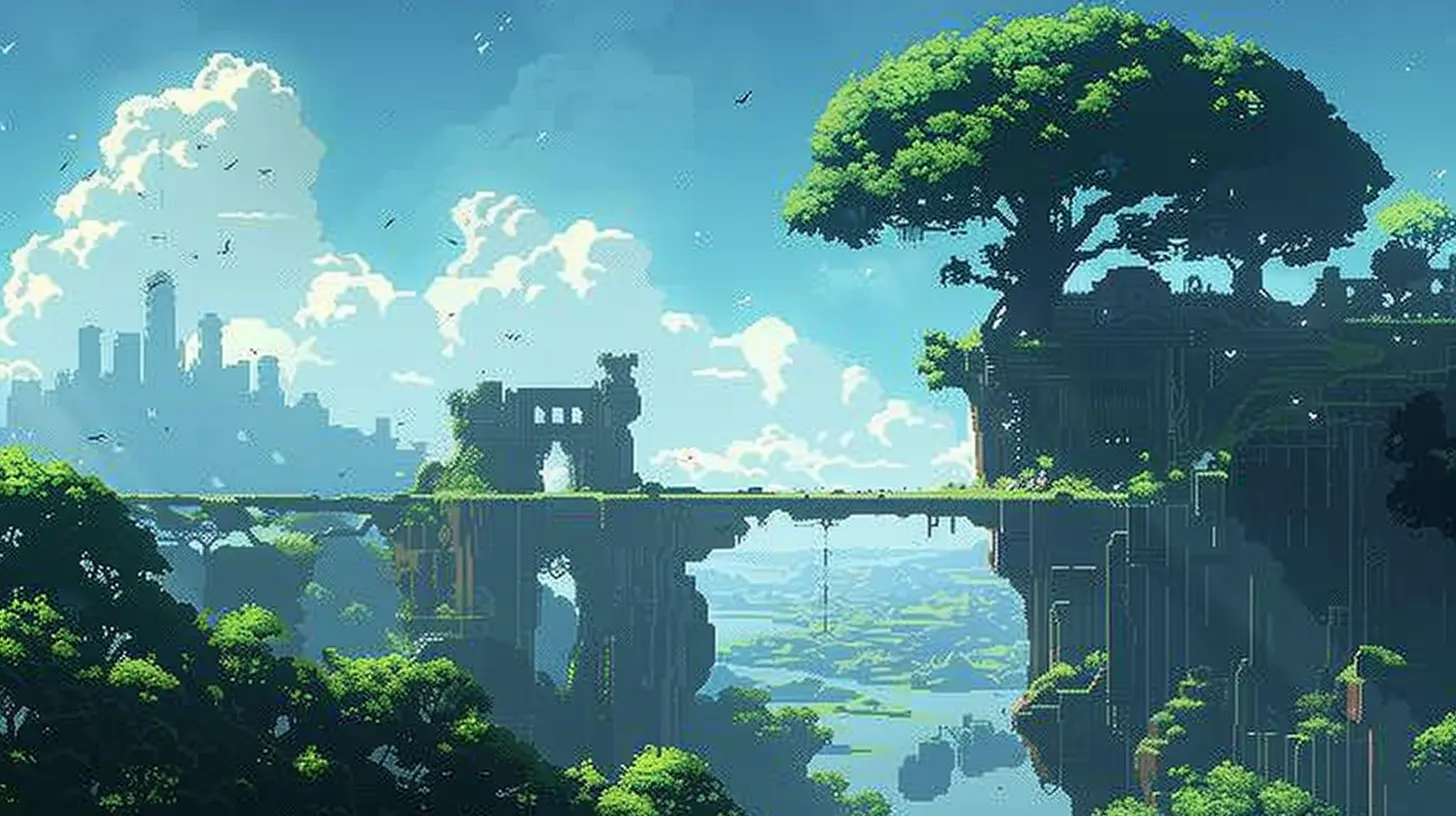
Visual Aesthetics: A Feast for the Eyes
Let’s be real—half the reason we hit that “buy” button is because a game looks phenomenal. Platformers use their visual design to craft worlds that feel distinct and memorable. And no, this doesn’t mean pixel art is outdated. If anything, pixel art in games like Hollow Knight and Celeste proves that limitations breed creativity.Take Hollow Knight, for instance. Its hand-drawn, gothic art style blends muted colors with intricate details to create a sprawling underground kingdom full of mystery and despair. The visuals don’t just sit there looking pretty; they actively contribute to the tone and atmosphere. The overgrown greenery of the Greenpath or the haunting emptiness of the Ancient Basin don’t just serve as backdrops—they pull you deeper into this dark, bug-filled world.
In contrast, games like Rayman Legends embrace vibrant, cartoony aesthetics that burst with personality. Each level feels like a living canvas, with animations so fluid it’s like you're playing inside a Saturday morning cartoon. The worlds don’t just invite you to play—they beg you to explore every nook and cranny. 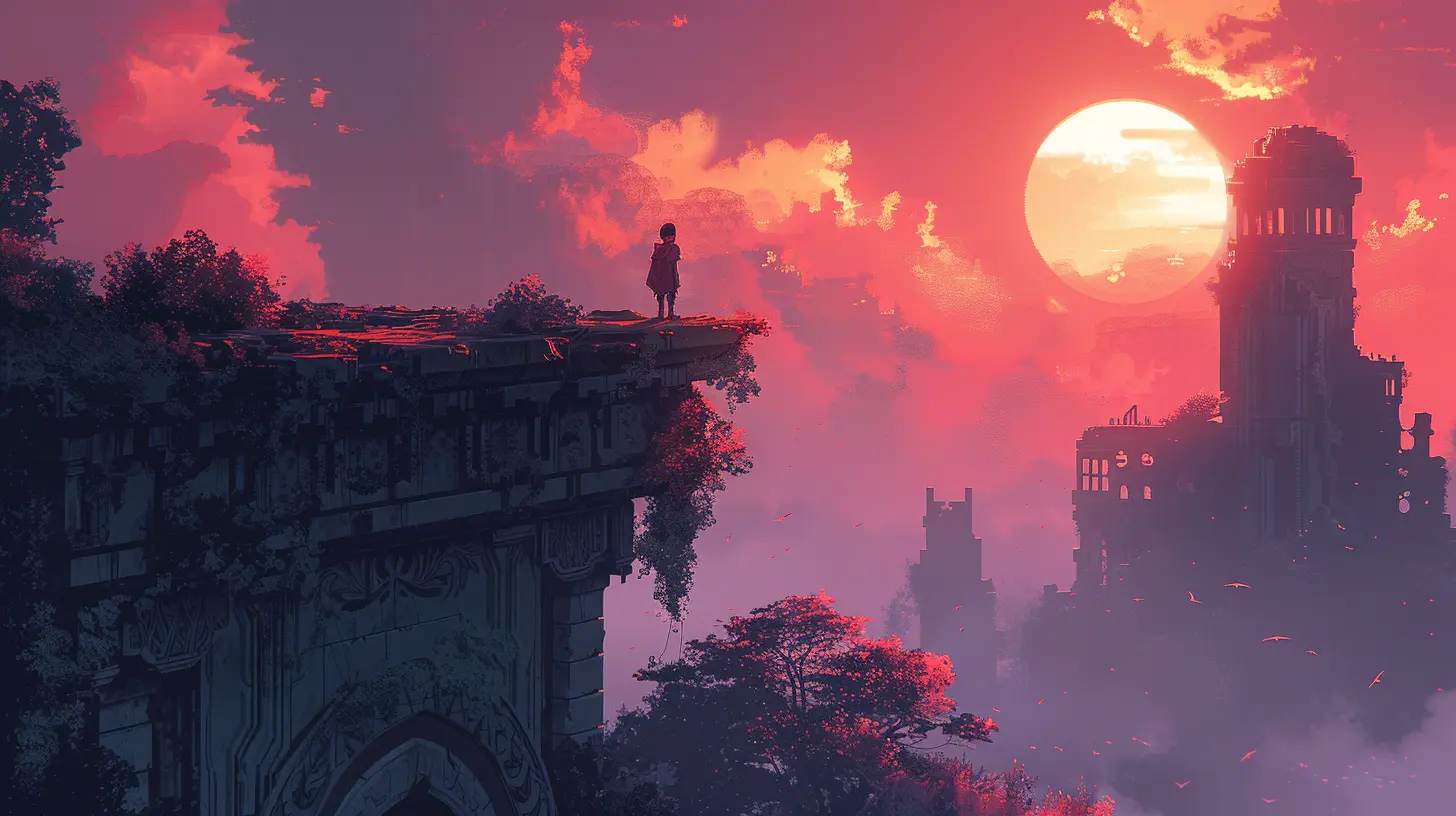
The Soundtrack: The Unsung Hero of World Building
Ever noticed how the right music can make or break a moment in a game? Platformers are masters of using soundtracks to enhance their worlds. Think about it—when you’re playing Super Mario Galaxy, doesn’t the soaring orchestral score make you feel like you’re on an intergalactic adventure?In Hollow Knight, the delicate piano notes of the Forgotten Crossroads feel melancholic yet hopeful, matching the bittersweet vibe of the game. Meanwhile, the intense, pulse-pounding beats of Celeste’s soundtrack ramp up as you near the peak of the mountain, mimicking the player’s adrenaline rush.
And let’s not forget environmental sound design! The subtle chirping of insects in Hollow Knight or the echoes of wind in Ori and the Blind Forest all add layers of depth to their already immersive worlds.
Lore and Storytelling Without Words
Here’s where platformers really flex their storytelling muscles. Unlike RPGs, platformers rarely rely on long-winded dialogue or cutscenes to deliver their narratives. Instead, they let you piece together the story through the environment, item descriptions, and subtle hints.Take Hollow Knight (I know, I keep mentioning it—it’s that good), which uses environmental storytelling to perfection. The ruins of Hallownest tell a tale of a fallen kingdom, with bits of lore scattered in cryptic riddles and ancient carvings. Every detail, from a broken statue to a dilapidated building, feels like it has a story behind it.
Or look at Celeste. The game doesn’t shove its narrative down your throat. Instead, it uses visual metaphors, like the dark version of Madeline representing her inner struggles, to tell a deeply personal and relatable story.
The Magic of Interactivity
Here’s something most people overlook: platformers make world-building more immersive because they let you interact with the environment in meaningful ways. Whether it’s bouncing off walls in Celeste or manipulating time in Braid, these mechanics aren’t just there to challenge you—they make you feel like you’re part of the world.In Donkey Kong Country: Tropical Freeze, the levels themselves evolve as you progress. Swinging vines, collapsing platforms, and dynamic weather effects make the environments feel alive and responsive.
And don’t get me started on Super Mario Odyssey! From jumping into paintings to controlling enemies with Cappy, every interaction feels playful and rewarding. It’s not just a world you explore—it’s a sandbox of possibilities.
Why Do These Worlds Stick With Us?
At the end of the day, the worlds in platformer games stick with us because they’re crafted with love. They’re not just a series of levels slapped together to test your reflexes. They’re living, breathing universes that tell stories, evoke emotions, and make us feel like we’re part of something bigger.Think about how Mario pops into your head every time you see a red cap or hear “It’s-a me!” Or how you hear a single note from Celeste’s soundtrack and instantly feel a rush of nostalgia. That’s the power of good world-building—it leaves a mark.
Wrapping It All Up
Platformer games might seem simple on the surface, but dive a little deeper, and you’ll find worlds brimming with creativity and detail. Whether it’s the haunting beauty of Hollow Knight, the emotional climb of Celeste, or the whimsical charm of Super Mario Odyssey, these games prove that sometimes less is more.So, the next time you boot up a platformer, take a moment to appreciate the effort that went into its world-building. It’s not just a game—it’s a masterpiece hidden behind a series of cleverly placed jumps and obstacles.

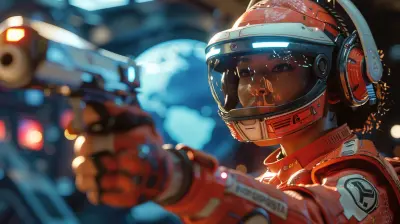


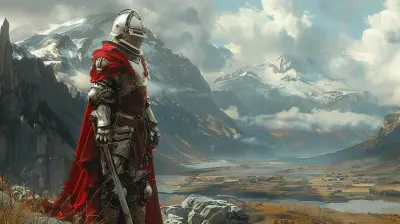
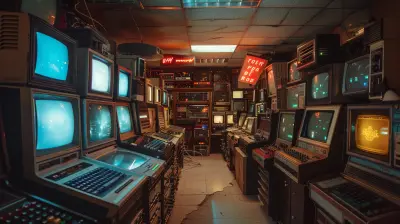
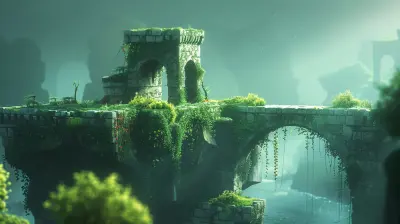
Victor Maddox
The article effectively highlights how nuanced world-building elevates platformer games beyond mere mechanics. By integrating rich narratives and immersive environments, these games create memorable experiences that resonate with players, showcasing the genre's potential for storytelling alongside traditional gameplay elements.
February 2, 2025 at 5:37 PM